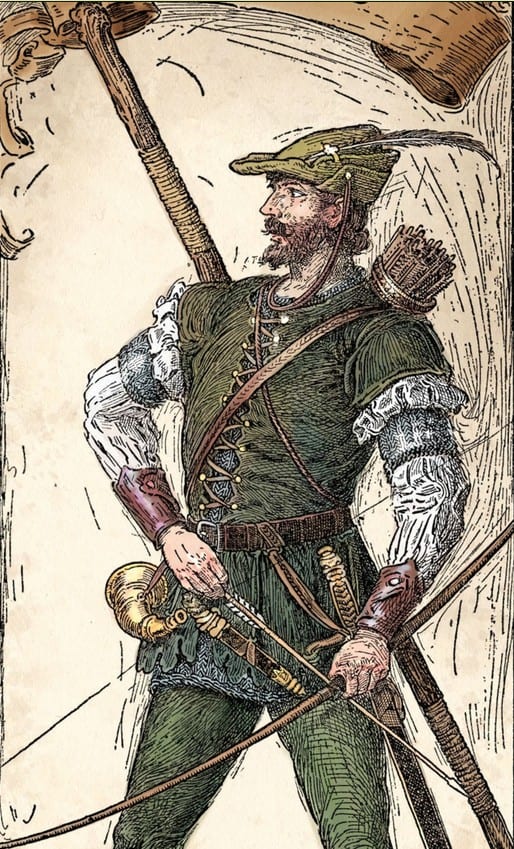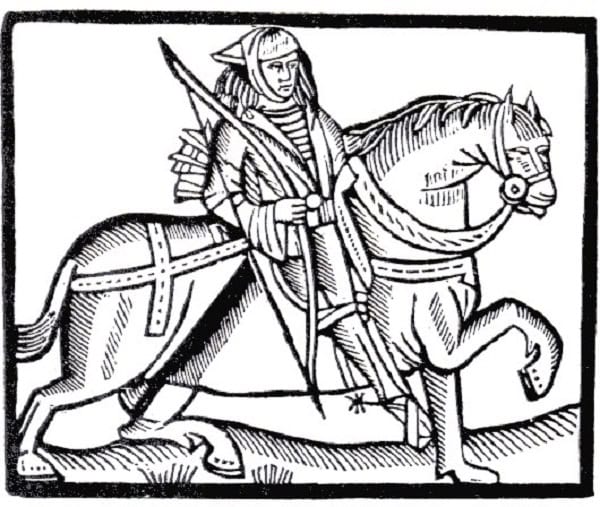
ADVERTISEMENT - CONTINUE READING BELOW
18. The Origins of the Greatest Outlaw Legend
The legend of the medieval outlaw who stole from the rich and gave to the poor is a fixture of English folklore. Robin Hood fought the Sheriff of Nottingham and the evil King John, and helped the rightful ruler Richard the Lionheart regain his throne. The outlaw hero first became popular because of plays originally staged for the upper classes in Elizabethan England. An unlikely boost for a story about a social disruptor who robbed the same privileged class swooning over his exploits, to the benefit of the lower classes. First, however, the playwrights gentrified Robin Hood from a commoner bandit, and into a nobleman to whom the well-heeled could better relate. Such gentrification can be traced to the playwright Anthony Mundy, who reinvented the outlaw as an aristocrat, the young Robert, Earl of Huntington, wrongfully disinherited by his uncle.

ADVERTISEMENT - CONTINUE READING BELOW
So Robert flees to Sherwood Forrest where he becomes the outlaw Robin Hood, falls in love with Lady Marion, and becomes a legend. Of course, nobody in real life did all the awesome stuff ascribed to Robin Hood. However, many medieval criminals, nearly all commoners, became popular with the lower classes because they thumbed their noses at their upper class exploiters. In those days, “Robinhood” or “Rabunhod” or “Robehod” were common nicknames for criminals, as seen in many twelfth century court records. However, those Robin Hoods did not turn to crime out of any of high-brow motives. Instead, they became criminals for the typical reasons that made most people turn to crime back then, and still do today.

